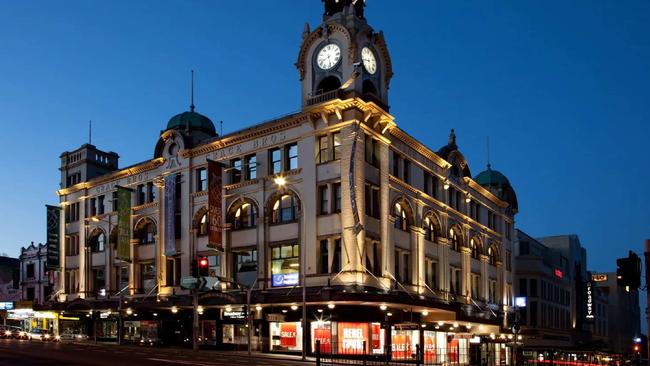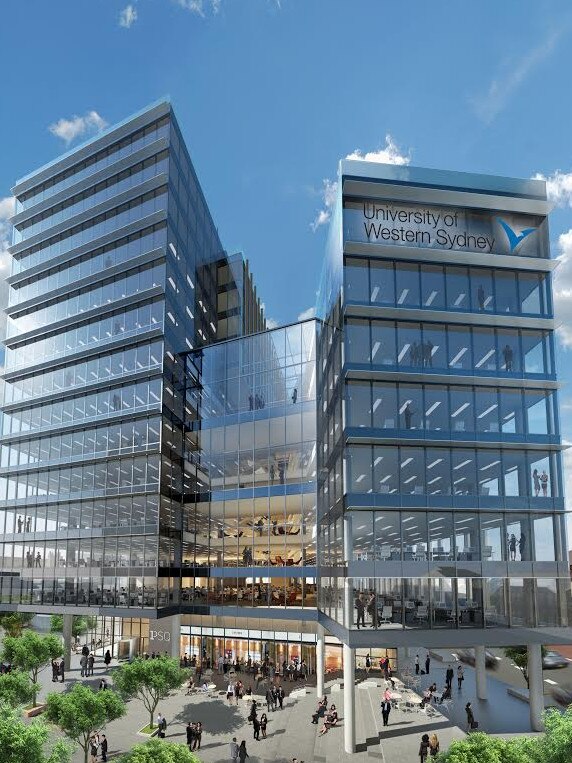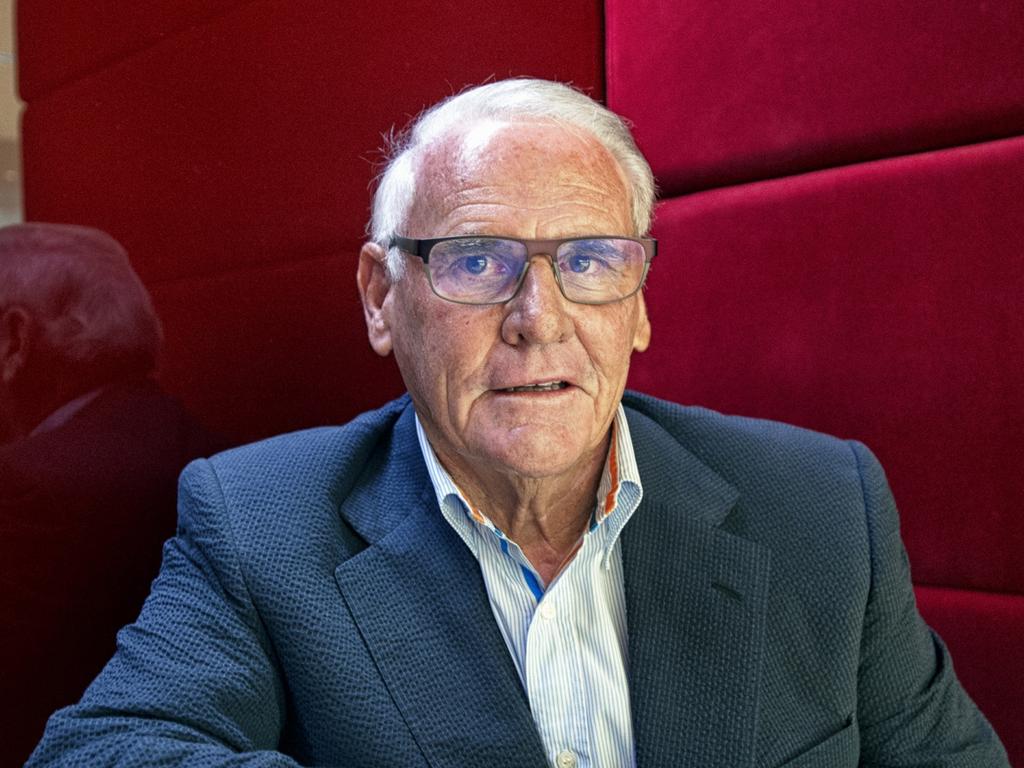Walker, whose wealth was estimated at more than $6bn, according to The Australian’s Richest 250, came from a class of property developers who took the projects few people were willing to touch. It takes a counter-cyclical touch that even in Walker’s own view couldn’t be done through public markets.
Sydney-based projects like the once untouchable Rhodes Peninsula, and redevelopment of precincts that were at the time deeply unfashionable such as Broadway or King Street Wharf and his flagship project at Parramatta in the west, Walker showed urban renewal could happen in a city that often gets it wrong.
Today Walker Corp is spending billions in Adelaide as part of a revamp of the city’s skyline and pushing into Riverlea residential development across the city, while spending billions on urban redevelopment in Queensland’s Sunshine Coast to coincide with the Olympic Games in 2032.

The projects showed Walker’s own impeccable timing, which would often need the drive of a single vision to get developments off the ground. Walker too was savvy enough to diversify his own property portfolio from residential, offices, tourism as well as other commercial developments. Having a deep feel for the market is also about sensing when trouble is brewing.
But Walker’s own “Kerry Packer” moment was the sale of nearly his entire portfolio to Mirvac in late 2006 for $1.1bn. The first wave of the GFC hit months later when US property major New Century collapsed, sparking off fears of a subprime crisis. The full force of the GFC hit a year later, and this allowed a cashed-up Walker to swoop on distressed developments and property lots.
‘Land for payment’
The 78-year-old Walker has seen first hand how liquidity can make or break property. He moved into development from his father’s earth moving and civil works business, getting his first big break following the liquidity squeeze of 1974, which saw one of Walker’s big developer clients having trouble paying, so Walker “was taking land in lieu of cash”, he recalls in a previous interview. Walker found himself long on land, and set about building the houses himself in Sydney’s south, and they all quickly sold.
Indeed, Walker had his own mixed experience with listed markets, with his company going public in 1994. This lasted four years, with Walker selling his entire holding to property rival Australand, after which he set about rebuilding his own private empire again. It was also the start of Walker shunning the public spotlight, although he became more comfortable in recent years to talk up the projects as they were becoming more ambitious.
Over the past decade, Walker pushed his expansion into tourism in Fiji and Malaysia with a massive housing development in Johor Bahru, what is now the fast-growing southern city that connects with Singapore.

After taking the remains of his ASX-listed company back into private hands in the early 1990s, Walker set about rebuilding an empire around his own vision.
Walker had previously said the listed property companies in Australia find it difficult to work out if they are developer or REIT. Listed companies have pressures on them to deliver predictable earnings, where developers are more likely to pick the market or the cycle.
In a staff video, recorded just two months ago, Walker’s outlines his vision for the mammoth multi-tower Parramatta Square, which he undertook as part of the near $3bn redevelopment of the western Sydney hub. He recalls he was told many times that you can’t do it and the idea of Parramatta Square will never work.
But he pressed ahead with the 55-storey tower that also represents one of the biggest commercial precincts in Australia.
“I was told it would never work and here we are today,” Walker says.

The project gave Parramatta a much-needed urban spark. It opened up more space for office workers that were increasingly moving to the western suburbs. The development also coincided with Parramatta’s own revival through light rail, metro, and the M4 that opens up new transport links. The development has pushed through Covid and comes as the office market is gradually coming back to life. It counts names like Deloitte, National Australia Bank as well as a city campus for Western Sydney University while Walker is driving the development of the adjacent Rosehill Gardens, a massive development with plans for more than 25,000 houses.
The recent surge in interest rates hit Walker’s empire as property values cracked, particularly across office towers.
Profit last year of $81m dropped from a bumper $675.4m a year earlier. Financing costs jumped for the year, although as conditions got tough on higher interest rates, Walker upped the level of cash with nearly $570m cash sitting in the bank. He also had a whopping $7bn worth of property investments on his balance sheet, up from $6.6bn a year earlier.
johnstone@theaustralian.com.au





The passing of Lang Walker marks a moment in Australian business where vision and risk was led by entrepreneurs – not ASX-listed companies.